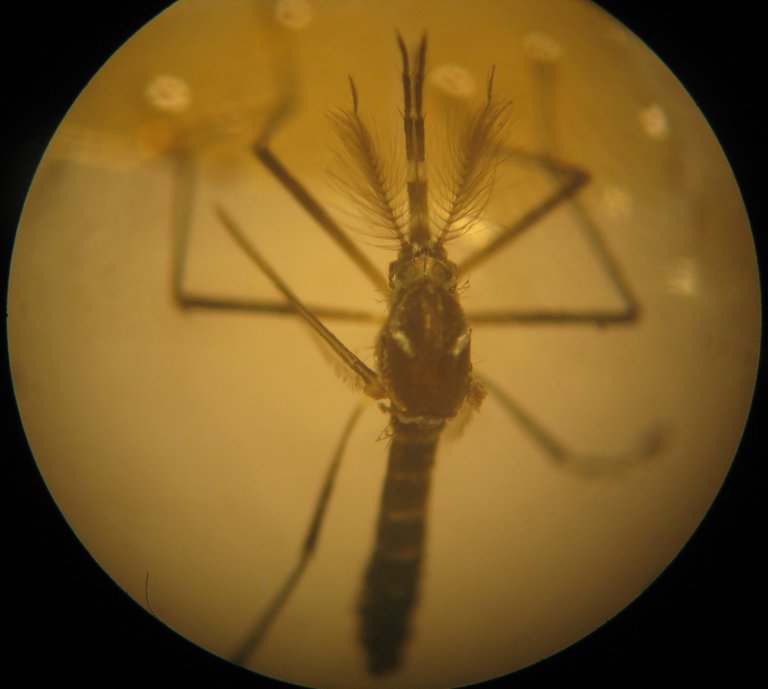The Evolution of Mosquitoes: From Plant Feeders to Human Predators
Call them the most dangerous animals on planet earth, or call them the trouble of Sub-Saharan Africa and Africa as a whole, I will not argue with you because currently, I am treating malaria. As at the time of writing this post, I am using my second dose of malaria medications. You see, malaria has become something that we just cannot but treat every now and then, but then, if the majority of mosquitoes are herbivorous, how did we go from having an insect that fed on plants, to one that fed on animals and now majorly human.
This change looked like it started with a shift in our orbital cycle and the birth of the Sahara desert. When you hear the name Female Anopheles, or Aedes aegypti, the first thing that comes to mind is hate and despise for the creature and it is for a good reason seeing that they have a strong preference for human blood than other creatures, they follow our scent. It is very annoying when it comes to the females as they take up 95% of their blood meals from humans. While female anopheles is for malaria, Aedes aegypti is a vector for major viral diseases including Yellow fever, Dengue, Zika, and Chikungunya.
If you live in any warm regions on the planet except Antarctica which is literally cold, then you must have these species in your area and they have caused misery for billions of people around the world. From what we have seen, these insects weren't like this before. For most of their evolutionary histories, mosquitoes like the Aedes aegypti weren't feeding on us humans. They were harmless, not widespread, and didn't have particular interest in us. We know this because there are a lot of forest-dwelling population that exists in Africa that still share environment with other animals and feed on different ranges of animals around there. While the forest-dwelling aedes mosquitoes live and feed on other animals, their cousins that live with us are primarily interested in us.
To understand this, a group of researchers collected Aedes aegypti from 27 sites in Africa including the ones that are generalist living in forest and the specialist ones that feed on humans mainly. The research showed that the human specialist mosquitoes were predominant in urban communities of West Africa Sahel Region making us understand that this was where specialization of humans began from. This was attributed to the dryness as it isn't easy to come around pools of water. The researchers compared the DNA of generalized Aedes mosquitoes and the specialized ones, and they looked at mutations history in the two as a molecular clock to figure out when the two mosquitoes diverged.

https://commons.wikimedia.org
It was seen that these mosquitoes spread from Africa to the Americas around 500 years ago when slave trade and transatlantic trade began. The mosquitoes were on the ships of enslaved people, feeding on them and migrating. The researchers found that the split between the generalized and the specialized mosquito population began about 5000 years ago. Within the period of 5000 and 15000 year ago was the period of the end of the Africa Humid Period which was an environmental upheaval when the green planet including the Saraha became dry as a result of a tilt in the planet orbit and wobble changing the direction to which the sun was directed.
The period of split goes to this period in history and it speaks a lot seeing that there was a change in the ecosystem as at the time with water source drying off and less animal host, so Aedes in the western Sahel region where there is a ward and arid dry season, they feed on humans to survive. Over the last 20 years, we have seen that generalist mosquitoes are now especially biting humans and scientist are looking at gene transfer from specialist mosquitoes to general ones. So we should be expecting more of such changes over time.
The evolution of mosquitoes from plant feeders to human predators is a fascinating yet troubling journey. Environmental changes, particularly the drying of once lush regions, forced these insects to adapt, making humans their primary target. This shift underscores the complex interplay between ecological factors and evolutionary pressures.
Reference
https://www.nature.com/articles/s41586-022-04675-4
https://www.ncbi.nlm.nih.gov/pmc/articles/PMC4109175/
https://www.nature.com/articles/nature13964
https://www.ecdc.europa.eu/en/disease-vectors/facts/mosquito-factsheets/aedes-aegypti
https://www.cell.com/current-biology/fulltext/S0960-9822
https://www.journals.uchicago.edu/doi/10.1086/722481#_i34
https://elifesciences.org/articles/83524#content
https://www.nature.com/articles/s41559-018-0643-y

Thanks for your contribution to the STEMsocial community. Feel free to join us on discord to get to know the rest of us!
Please consider delegating to the @stemsocial account (85% of the curation rewards are returned).
Thanks for including @stemsocial as a beneficiary, which gives you stronger support.